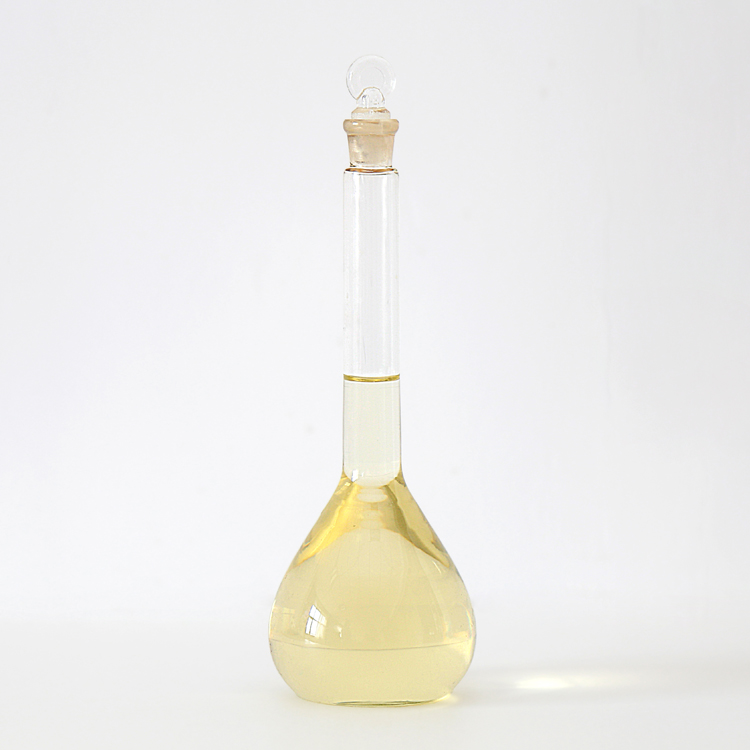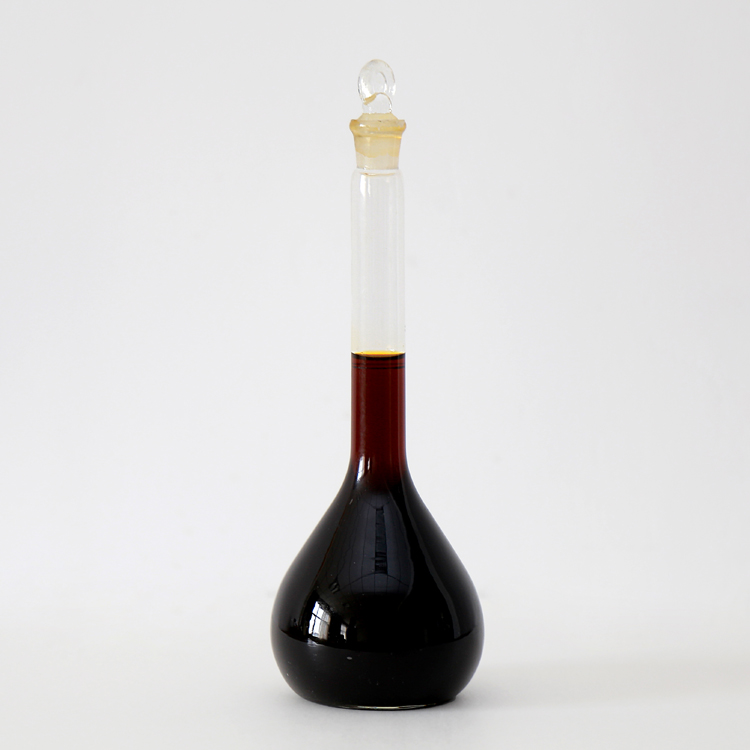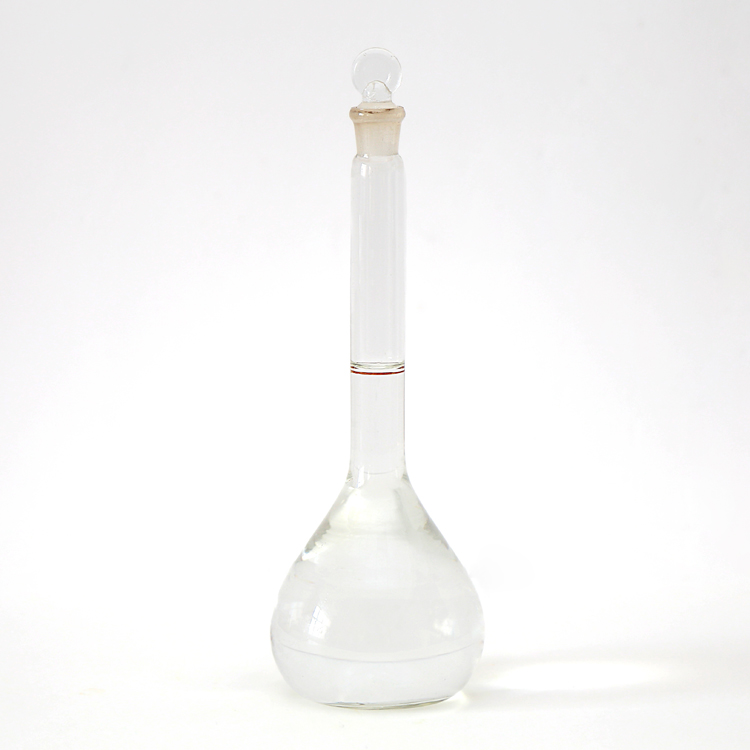
COMPANY NEWS
- Home >> NEWS >> COMPANY NEWS
Product recommendation
Hot News
Contact us
- Tel:+86-0391-3126812
- Phone:+86-15803910375
- Add:The west industrial cluster area of Jiaozuo City, Henan province, China
- E-mail:aefk@aefkchem.com
Precautions for use of polyferric sulfate
Polyferric sulfate is widely used, especially in the removal of turbidity, phosphorus, decoloration and fluoride. When used for phosphorus removal, the amount is less than that of polyaluminum, and the price is low. The treatment cost can be 20-50% less than that of polyaluminum. Many local sewage plants have started to use or have used poly iron instead of poly aluminum chloride for a long time to remove phosphorus or purify water quality. What should be paid attention to when using polyferric sulfate?

Types:
Polymerized iron sulfate can be divided into solid and liquid. Because liquid polymerized iron is cheap and easy to add, compared with the sewage plants near the manufacturer of polymerized iron, liquid polymerized iron is generally used. However, the sewage treatment plant with small amount of poly iron and long transportation distance can choose solid poly iron, which is in powder form and yellowish brown. Solid / liquid polyiron can be selected according to project requirements.
Chromaticity problem:
When Polyferric is used as flocculant or dephosphorizing agent in many sewage plants, the treated water has color and slightly reddish brown.
The first reason is that the quality problem of polymerized iron sulfate is the first place to speculate. If the quality of polymerized iron sulfate is unstable, it will lead to the instability of too much or too little dosage, and the wastewater may turn yellow, red or even black. Therefore, in this case, the quality of polymerized iron sulfate should be tested first. Samples can be taken to check whether the polyferric sulfate used meets the requirements of GBT 14591-2016 water treatment agent polyferric sulfate.
The second reason is that the polymerized iron sulfate contains ferric ions, which are red. When it is dissolved, the water with more ferric ions will appear red. This is why the liquid polymerized iron sulfate is reddish brown. When the amount of polymerized iron sulfate is too much, the amount of ferric ions in the water will increase, and the water will also appear reddish brown and the color will increase. And it also causes waste of medicine. In order to accurately determine the appropriate dosage of medicine, a beaker test can be conducted. Determine whether the dosage is appropriate by measuring the residual turbidity of the supernatant after precipitation (the lower the residual turbidity, the better the effect, but the larger the amount, the higher the turbidity and chroma, so it is necessary to determine the accurate dosage).

corrosive
Liquid polyiron itself is acidic, and the pH of 1% polyiron aqueous solution is 2-3. Therefore, acid resistant materials shall be used for both storage and dosing devices, and FRP tanks can be used. During the unloading process, the surrounding personnel must take protective measures to prevent the agent from being sprayed on the body during unloading (the tycoon has tasted poly iron, which is astringent and has not come for several days). If the dosage is large, the alkalinity of water will be reduced, and the pH will be lower than 6 in serious cases.
precipitate
Polyferric sulfate and polyaluminum also produce sediment problems. If the storage time is too long, there will be a lot of sediment at the bottom of the dosing tank, which may directly block the Y-shaped filter in the dosing system, and eventually cause the dosing pump to idle without dosing, and the water quality of the effluent will fluctuate. Therefore, there are two methods to avoid precipitation at the bottom of the dosing tank when using polyiron. The first method is to use it in a short time after arrival; The second is that the mixer is always on during the dosing process. In addition to the above two methods to prevent sedimentation at the bottom of the dosing tank, it is also a necessary step to regularly check whether the Y-shaped filter in the dosing system is blocked.
Sulfate problem
In the anaerobic process, such as IC or UASB, the high concentration of sulfate (generally 3000-5000mg / L) will have an inhibitory effect on the anaerobic system, while the raw materials of polyferric sulfate include ferrous sulfate and sulfuric acid, both of which contain sulfate in the chemical formula. Therefore, when there is an anaerobic system, it is better not to use polyferric sulfate containing sulfate in the pre coagulation process, Polymers that do not contain sulfate groups such as polymeric ferric chloride or polymeric aluminum chloride may be used.
Application in MBR membrane process
It can be used in MBR membrane tank for flocculation treatment of activated sludge. After treatment, the activated sludge has large alum and good flocculation effect, which is helpful to enhance the membrane water yield and reduce the membrane suction pressure. The effect of using poly iron is better than that of poly aluminum, but remember to control the dosage. Generally, the normal sludge concentration range of the membrane tank is 200-300mg / L, and the effect is better. The amount of poly iron can be determined according to the supernatant of SV30, or the amount of dosing can be determined according to the TOC content of the measured supernatant.

quality guarantee period
Liquid poly iron is generally half a year, while solid poly iron is one year. Try to use it as early as possible after purchase. The longer the time is placed, the lower the effect of the agent. The shelf life of solid-liquid polyaluminum chloride and polyferric chloride are the same.
Thank you for your attentionHenan aierfuke Chemical Co., Ltd:Focus on water treatment, only for the healthy world! Our company is committed toPolyaluminium chloride、Polyferric sulfateThe R & D, manufacturing and sales of series of water purification materials are willing to create success with our customers and friends.
 Chinese
Chinese English
English Russia
Russia



